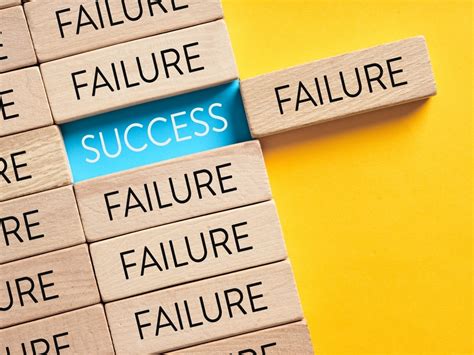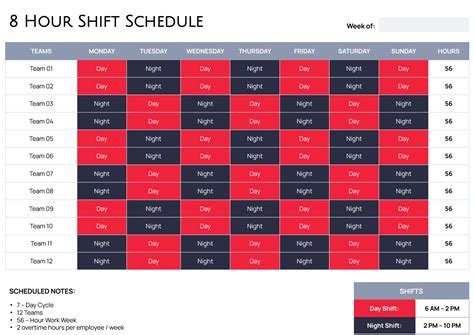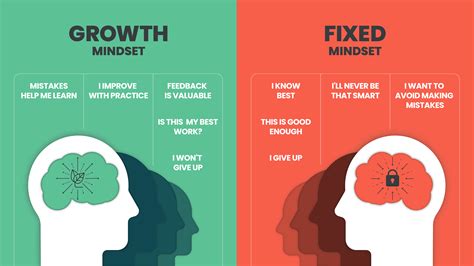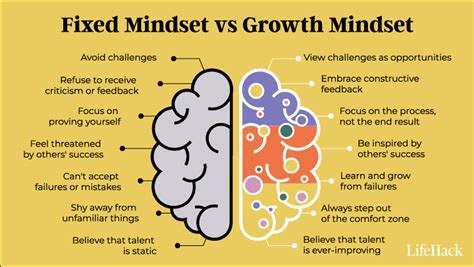The Silent Saboteur: Understanding Fear of Failure
Fear of failure is a powerful, often invisible, force that can halt our progress before it even begins. In the realms of finance and fitness, this fear manifests uniquely but with equally paralyzing effects. Perhaps it’s the apprehension of losing money on an investment, failing to stick to a budget, or falling short of a savings goal. In fitness, it could be the dread of not hitting a personal best, looking foolish in a new class, or simply not seeing the desired results from your efforts. This emotional barrier keeps us in a comfort zone that, while safe, ultimately prevents growth and achievement.
It’s important to recognize that this fear isn’t a sign of weakness; it’s a deeply ingrained human response. However, when it dictates our decisions, especially in areas critical to our well-being like financial security and physical health, it becomes a significant impediment. The good news is that this mindset is not permanent. With conscious effort and strategic shifts, you can move from a state of paralysis to one of empowered, bold action.

Unpacking the Roots of Fear
To overcome fear of failure, we must first understand its origins. Often, it stems from a desire for perfection, a fear of judgment from others, or past negative experiences. Societal pressures to succeed, coupled with a cultural aversion to mistakes, can embed a deep-seated belief that failure is a final, damning outcome rather than a stepping stone. This perception leads to avoidance behavior – delaying important financial decisions, procrastinating on workout routines, or sticking to what’s ‘safe’ even if it’s not effective.
In finance, this might look like avoiding investment opportunities for fear of market volatility, even if long-term trends suggest growth. In fitness, it could mean repeatedly choosing easy workouts or avoiding strength training because of an initial struggle. Identifying these patterns is the first step towards dismantling them.
Strategy 1: Reframe Failure as Feedback
One of the most potent mindset shifts involves reframing your perception of failure. Instead of viewing it as an end, see it as invaluable feedback. Every unsuccessful attempt, every missed target, every setback offers crucial data points that can inform your next move. What went wrong? What can be learned? What adjustments need to be made?
Embracing a growth mindset means understanding that abilities can be developed through dedication and hard work. Financial losses can teach you about market timing or risk assessment; a plateau in your fitness journey can prompt you to re-evaluate your diet or training regimen. This perspective transforms potential deterrents into powerful learning opportunities, paving the way for more informed and effective actions in the future.

Strategy 2: Break Down Goals into Bold, Manageable Steps
The sheer magnitude of a large goal can be daunting, fueling fear of failure. To combat this, break down your ambitious objectives into smaller, actionable steps. Each small success builds confidence and momentum, making the next step feel less intimidating and more achievable. This incremental approach allows you to take ‘bold action’ without necessarily taking ‘giant leaps’ initially.
For instance, instead of aiming to ‘become financially independent,’ start by ‘automating a small savings transfer each month’ or ‘researching one investment type per week.’ In fitness, rather than ‘run a marathon next month,’ focus on ‘running consistently for 20 minutes three times a week’ or ‘mastering 5 new bodyweight exercises.’ Celebrate these micro-victories to reinforce positive behavior and reduce the perceived risk of failure.
Strategy 3: Cultivate Self-Compassion and Resilience
Even with the best strategies, setbacks are inevitable. How you respond to them is crucial. Practicing self-compassion means treating yourself with the same kindness and understanding you would offer a friend. Instead of harsh self-criticism, acknowledge the difficulty, learn from it, and gently guide yourself back on track.
Building resilience isn’t about avoiding failure; it’s about developing the capacity to bounce back stronger. Understand that every setback is temporary and doesn’t define your entire journey. Develop coping mechanisms, seek support from mentors or communities, and remind yourself of past challenges you’ve successfully overcome. This inner fortitude is your strongest asset against the fear of failure.

Actioning the Shift in Finance
Applying these principles to finance means moving from passive worry to proactive engagement. Instead of fearing market crashes, focus on diversified investments and long-term strategies. If budgeting seems overwhelming, start by tracking your expenses for a week. Take bold, informed actions like setting up an emergency fund, exploring low-cost index funds, or consulting a financial advisor. The fear of making the ‘wrong’ decision often leads to making no decision, which is often the riskiest path of all. Embrace the learning curve; financial literacy is built one decision at a time.

Actioning the Shift in Fitness
In fitness, bold action could mean trying that intimidating new gym class, increasing your weights slightly, signing up for a race, or committing to a consistent recovery routine. The fear of not being ‘good enough’ or failing to meet expectations can keep many from even starting. Focus on your personal journey and progress, rather than comparing yourself to others. Celebrate every workout, every healthy meal, and every step forward, no matter how small. Understand that rest and recovery are just as important as intense workouts, and listening to your body is a sign of strength, not weakness. Your fitness journey is a marathon, not a sprint, and consistency trumps perfection.

Your Path to Bold Action
Shifting your mindset from fear of failure to bold action is a transformative journey, not a single event. It requires self-awareness, consistent effort, and a willingness to step outside your comfort zone. By reframing failure, setting incremental goals, cultivating self-compassion, and applying these strategies specifically to your financial and fitness pursuits, you can unlock a powerful potential for growth and success.
Remember, the greatest failure is often the failure to try. Embrace the process, learn from every experience, and empower yourself to take the bold actions that will lead you to a more secure, healthier, and fulfilling life. Your future self will thank you for daring to try.




